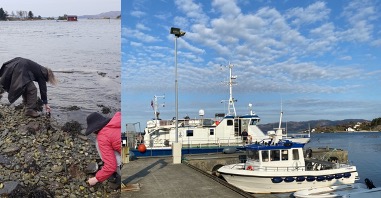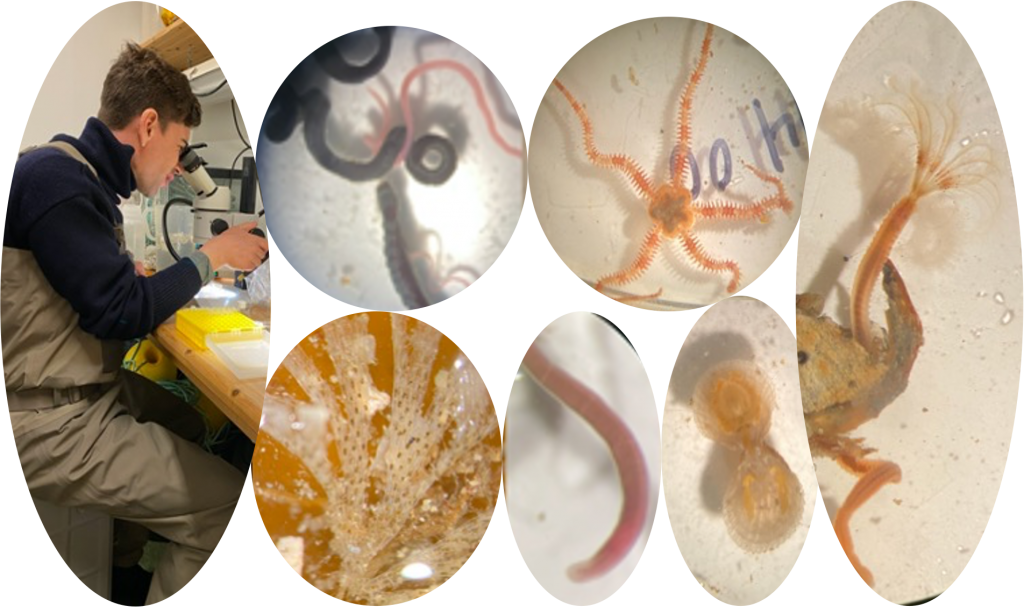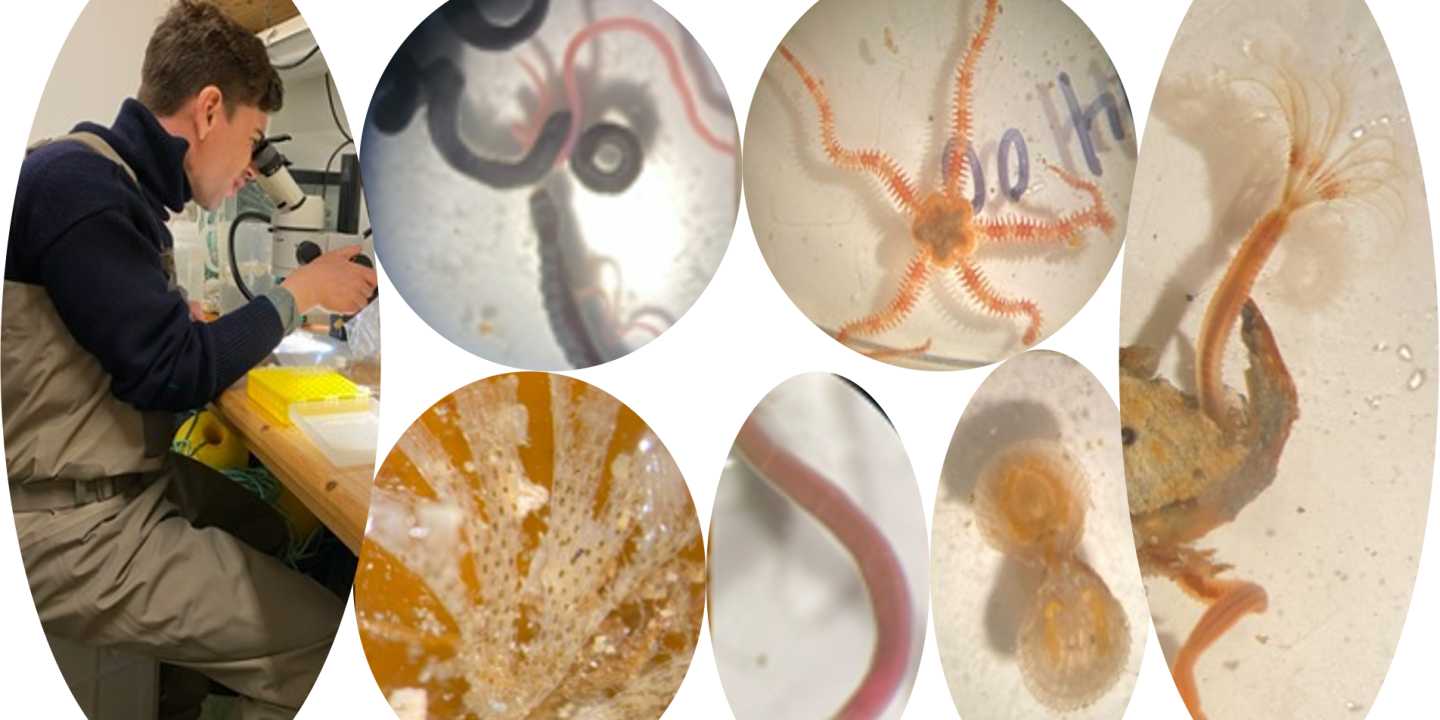While museum collections contain historic materials that provide insight into various evolutionary and social aspects of the past, museums are dynamic, not only for the types of collections they contain, but also for their diverse research foci. For the Natural History Museum of Oslo and the Frontiers in Evolutionary Zoology (FEZ) group, researching the evolution and phylogenomic relationships among marine invertebrates is a key, on going project. This project aims to (i) to collect and provide the genomic data necessary to investigate critically understudied animals around the world, and (ii) to identify phylogenomic relationships to discuss and contextualize deep evolutionary adaptations.
Because historic specimens in museum collections face substantial genetic degradation over time, modern, or living samples, must be found to extract the most complete genomic information possible. However, scarcity of animals, remote locations, and small body size complicates genomic studies of many lophotrochozoan animals.
In April, several FEZ group members (Alberto, James, and Rita) went to Bergen, Norway* to find and identify coastal invertebrates. Working with the University of Bergen, the team went to Espeland Marine Biological Station (Espegrend) in search of specimens. While James and Rita took to the rocky shores to overturn rocks in search of ribbon worms (Nemertea) moss animals (Bryozoa), and annelids of the polychaeta clade, Alberto went to greater depths of the Raunefjord to trawl for Brachiopoda and Phoronida aboard a research vessel (Figure 1). In coordination with the others, Alberto, being the most knowledgeable about the marine environment and animals, identified each individual (Figure 2). You can see the incredible diversity among marine invertebrates that can be found at this beautiful coastal locality (Figure 2).


Because I have not been exposed to or explored the evolutionary diversity of invertebrates until recently, this was a unique experience for me (Rita). This is largely due to primarily being taught about vertebrates, specifically mammals and humans, during my schooling. Conjointly, because I conduct collections-based ancient genomics, the opportunity to find fresh sources of DNA and doing outside fieldwork has not been a regular occurrence for me. Participating in the Bergen sample collecting was a great, new experience. The trip has also helped me better conceptualize historic expeditions.
*FEZ group members complied with University of Oslo and national COVID safety measures during the approved fieldwork.
![]()
